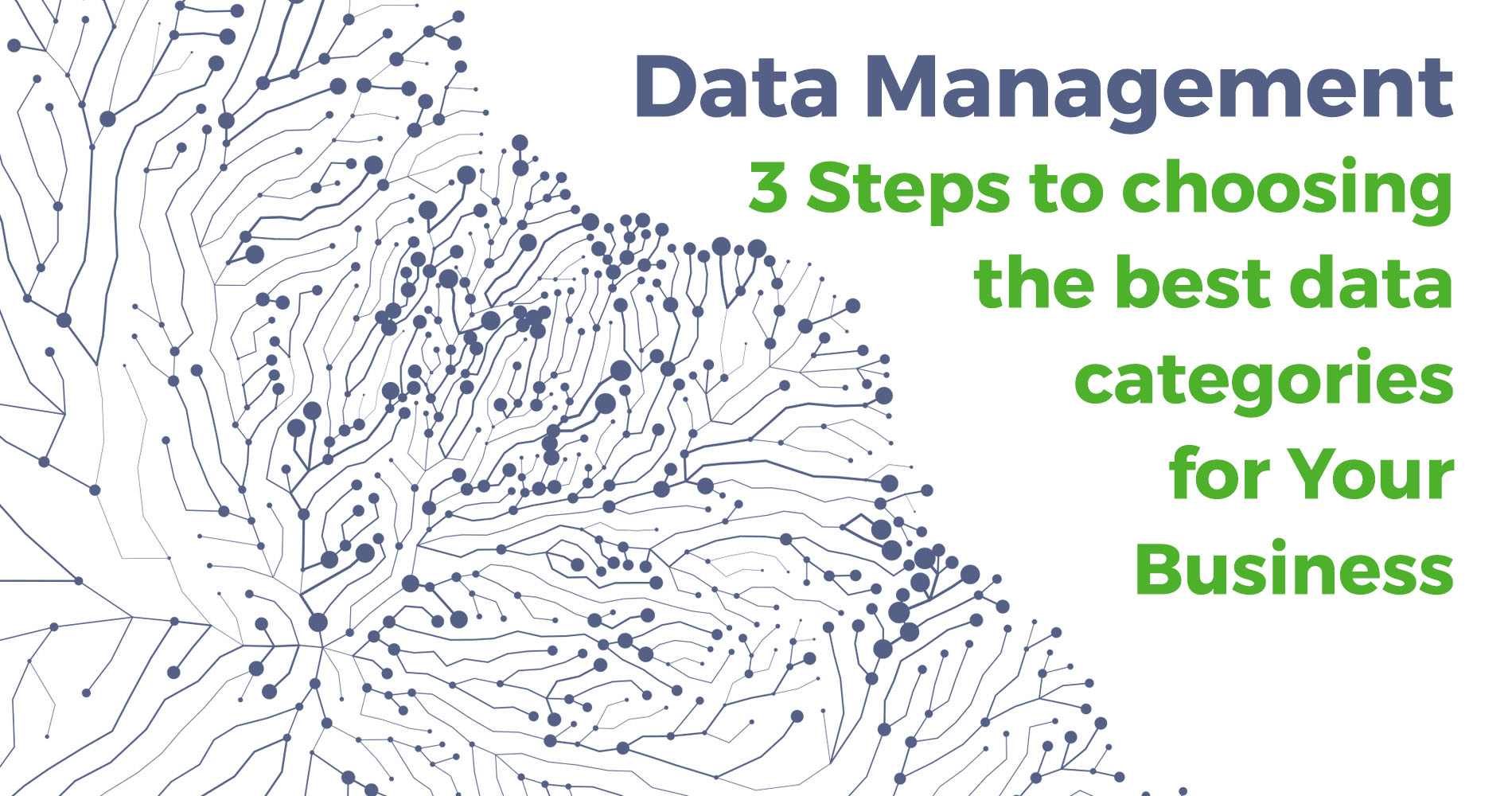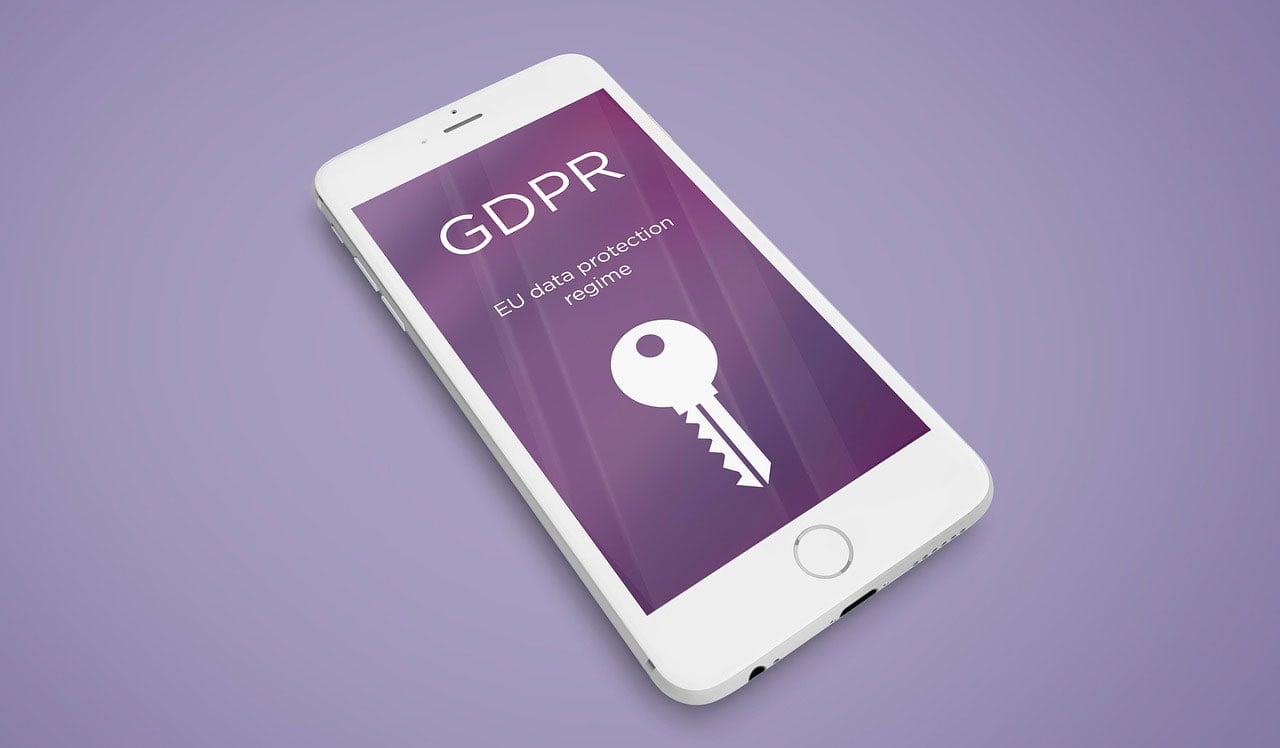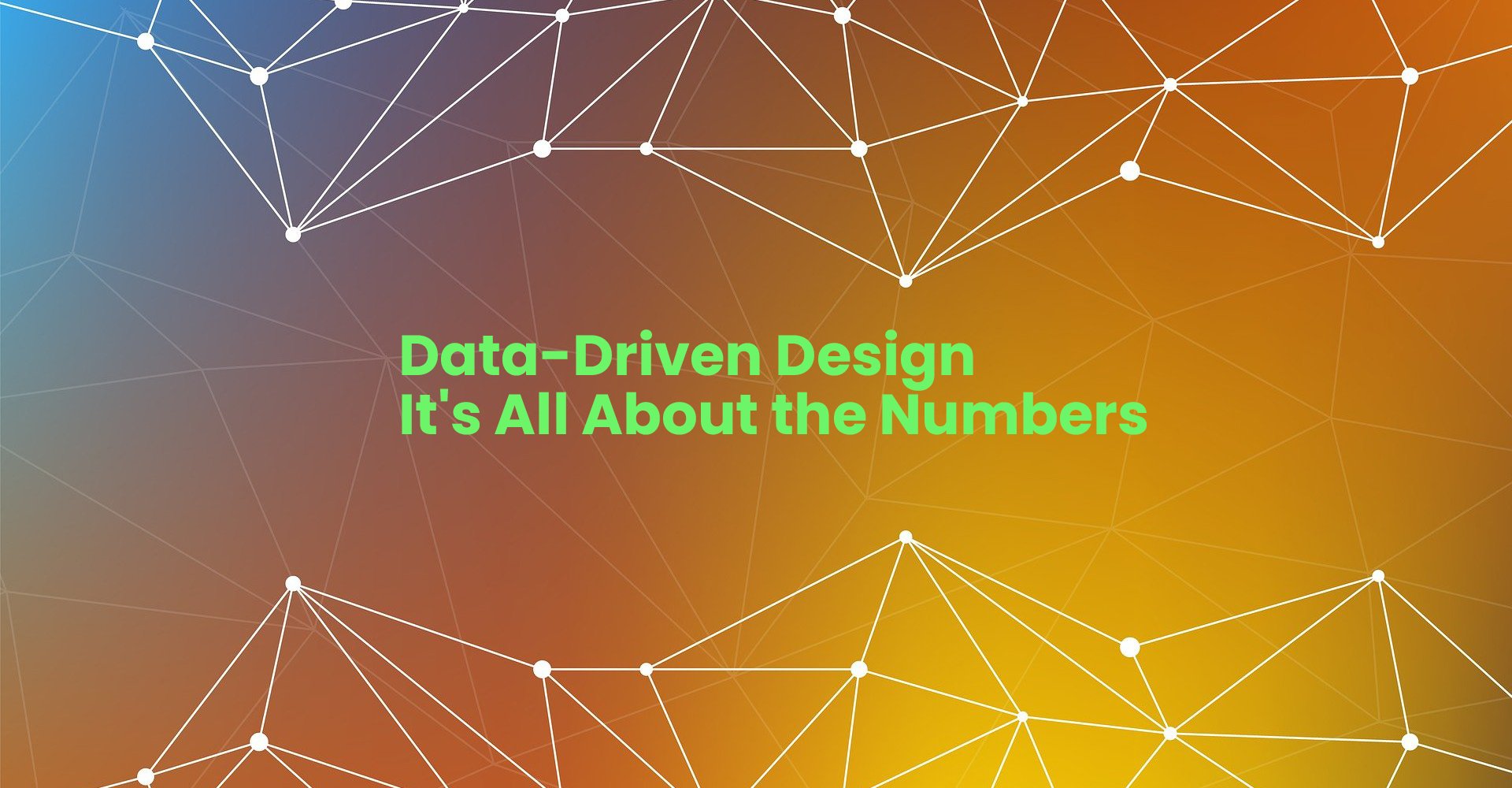When we have access to mountains of data with just a few clicks, it can be tough to make sure that we're only collecting the information that is actually useful and not just duplicating what we already have. It's tempting to want to gather data from disparate industries and locations, revenue, and job roles, but do you need information on all of these elements? Can you envision any long-term benefits from this data collection?
Businesses today are increasingly relying on data to make decisions and drive growth. As a result, data management has become a critical function for businesses of all sizes.
Data management is the process of acquiring, storing, organising, and analysing data to enable businesses to make better decisions. Data management includes everything from data collection and warehousing to data mining and data analysis. Data is a valuable asset for businesses, and proper data management is essential for keeping that asset is safe and organised. By implementing effective data management practices, businesses can improve their decision-making process, better understand their customers, and drive growth.
The below steps will help simplify your data management, ensuring that you only collect the information you need, regardless of your organisation's size.
Stage 1: Identify your company's needs
Data management makes up a major part of any business. Without proper data management, businesses can face several challenges, including data loss, data breaches, and inefficiencies. To ensure that your business has the right data management solution in place, it's important to first identify your company's specific needs.
Consider the size of your business, the types of data you need to manage, your budget, and any compliance requirements you may have. Once you have a good understanding of your company's needs, you can start researching data management solutions that will fit those needs.
Follow these questions to determine your business's most useful data categories.
- What is your goal? Answering this question is the first step to understanding the value that your business can provide. Once you know what problem you're solving, you can start to build a value proposition that will resonate with your target market.
- Who has the problem? If you don't have buyer personas, you're essentially shooting in the dark when it comes to your target market. This risks your team delivering content that doesn't speak to your buyer which can be a huge waste of time and resources.
- How is your company structured and what is the type of business you run? Depending on the size and type of business you have, the data categories you use will vary. For example, if you're a large B2B company, you'll likely use different data categories than a small B2C business. Keep this in mind as you decide what kind of data to collect and how to store it.
- Which stages are in your sales cycle? Depending on what stage your potential customers are in the sales cycle, different types of content and messaging will be more relevant. Keep this in mind when creating content for your website or blog, as well as when you're crafting email subject lines, social media posts, and even ad copy.
Once you have a good understanding of your company's data needs, you can begin to develop a data management plan that will work for your business. This plan should include both short-term and long-term goals, as well as a budget. By taking the time to develop a comprehensive data management plan, you can ensure that your business has the tools and resources it needs to be successful.
Stage 2: Gather, personalise, and inform the data your business requires
Now that you've made it to this stage of the process, you can start to identify which data categories will be most useful for your business. Once you have that information, put it through the "target, personalise, inform" test to see if it applies to your needs.
Data is the foundation of any business, and gathering accurate and reliable data is essential to success. However, data is not always easy to come by, and personalising data to fit your business requirements can be a challenge.
Data management is an ongoing process, and it is important to regularly review and update your data to ensure that it remains accurate and relevant. To clarify what target, personalise, and inform mean, here are the terms:
- Targeting data — targeted data reveal previously unknown demographics and audience segments so you can reach the right people with the right message.
- Use of data to personalise interactions — Every customer journey is unique, which makes personalisation essential.
- Insights from other departments - Although the data might not directly affect your team, it will help inform other departments (Marketing, Sales, Customer Service, etc.)
When you identify your target market, you can start to look for signals in customer data that show whether someone belongs to your target persona and whether they're experiencing the problem your business solves.
Your target companies might be using technologies that you know, as well as engagement categories such as content interactions and social media posts.
Stage 3: Data collection
If you've collected the data you'll need to target, personalise, and inform your target audience, ensure that your research is accurate by following these steps. First, take a step back and think about what you're trying to achieve. In a sales or marketing context, this means thinking about your goals and what kind of data is going to help you achieve them.
Then, follow certain processes to ensure that the data you're using is accurate and reliable. This may involve things like checking for errors, verifying sources, and cleaning up data sets.
By taking these steps, you can be sure that the data you're using is going to help achieve your goals.
- Is it possible to structure each piece of data as a drop-down list?
- Do the forms I provide to contacts contain any unnecessary fields?
- How can I make use of invisible fields?
How should you categorise your data?
Setting up a data-driven business can be tough if you don't know where to start. You need to identify which data points are key for your company, get the right resources to collect that data, and then make sure it's all organised in a way that you can use to improve your business. The stages presented in this article will help you manage your data more efficiently and get useful insights to inform your marketing strategies and help you grow your business.




